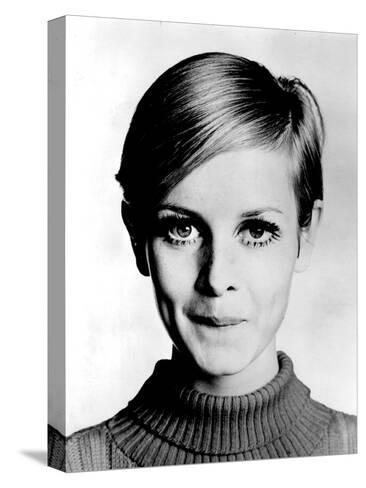Media Language, Representation and Historical Context (Kiss of the Vampire)
Kiss Of The Vampire
Product Context
- Produced by Hammer Film Productions and distributed by J.Arthur Rank and Universal, Kiss of the Vampire was intended to be the second sequel to 1958's Dracula
- In addition to Dracula, Hammer also had, by 1963 success with other 'monster movie' franchises such as The Mummy and Frankenstein
- Historically, 1963 saw the early stages of 'Beatlemania' and the 'swinging sixties', The assassination of JFK and MLK and the Soviet Union launching the first woman into space.
Media Language
Cultural Context
- The 1960's audience for this advert could be assumed to be familiar with the codes and conventions of ‘monster movie’ film posters – such as its composition, fonts and representations of ‘the monster’ and its (usually female) victims.
Codes, Conventions and Medial Language Influence
- The capitalized, serif font of the title may be linked to the vampire film genre with its’ styling resembling wood (referencing the vampire’s coffin or the stakes used to kill vampires) and the blood dripping from the letter V’s ‘fang.
- The use of the main image being painted is highly conventional for films of this period, and links to the poster for Christopher Lee’s Dracula, but the fact that it’s in colour (In Eastman colour) infers that this is a modern telling of an older story
- The dull and monochrome colour pallet reiterates the films dark, frightening conventions
- Whilst the red highlights pull attention to the bats attacking the cast,and the 'V' of vampire. These are all visual signifies for the genre
- Conventionally actors/actresses are listed in ordered with the higher paid and more famous actors/ actresses positioned first
Theoretical Perspectives, Roland Barthes: Semiotics
- Barthes' Hermeneutic code: Suspense is created through the enigma surrounding the relationship between male and female vampires, as well as the fate of their two victims
- Barthes' Semantic Code: The association of bats and their place in conventional vampire and the horror genre
- Barthes Symbolic Code: horror, darkness and fear are more widely reinforced through signifies such as the moon and the male victim’s ‘submissive sacrifice’ gesture code
Claude Levi-Strauss: Structuralism
- The idea that texts are constructed through the use of binary opposites could be applied to the opposing representations of the vampires and their victims,as well as this the romantic connotations of “kiss” opposed in the film’s title to the stereotypical “vampire” monster
Representation
Political and Social Contexts
- The 1960's is often seen as the start of women’s sexual liberation, aided by events such as the introduction of the contraceptive pill in 1960. Originally designed for married couples it quickly gained popularity with single women as well.
- During the 1960's more women were entering the paid workforce, with this sixties feminists were campaigning for equal pay, an end to sexual harassment and more equality between men and women in wider society. In America, equal pay legislation was passed in 1963
- ‘Older’ stereotypes of women as passive victims of men and more modern ‘male fears’ of women challenging male dominance.
Theoretical perspectives:
- Stuart Hall’s theory of representation: The image of a castle, bats, the vampire’s cape and dripping blood form part of the“ shared conceptual road map” that give meaning to the “world” of the poster. The audience is actively encouraged to decode this familiar generic iconography
- David Gauntlett’s theory of identity: Perhaps the female vampire acts as a role model for women struggling against male oppression or desperate to be seen as the equals of men, whatever the narrative or environment
- Liesbet Van Zoonen’s feminist theory: By assuming this ‘co-antagonist’ role, the female vampire is perhaps contributing to social change by representing women in non-traditional roles (Van Zoonen, 1989) though the passive female victim does reinforce these.
- Baby Boomers are encouraged by the government to have lots of children post WWW, Families with three children tripped, and Families with four children quadrupled
- The Baby Boomers children were becoming 'Teenagers' during the 1960's, a age bracket that didn't exist prior to the 1950's
- Rock and roll: Elvis Presley's "Devil Music" was inspired by gospel and swing music, this allowed a separation between The Baby Boomers
- Fashion: during the 1960's fashion became much more casual , for instance hemlines became much shorter and during the 1960's the Mini Skirt was created by Mary Quant and created many differing opinions about it, Coco Chanel dubbed it "Just awful". As well as this baby boomers had more disposable income and a desire to look different from their parents, this lead to 'new' haircuts like the short bob and models like Twiggy that differed from models associted with the previous generation


Comments
Post a Comment